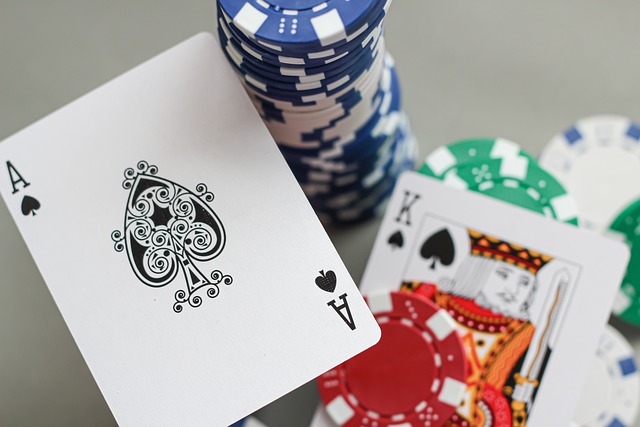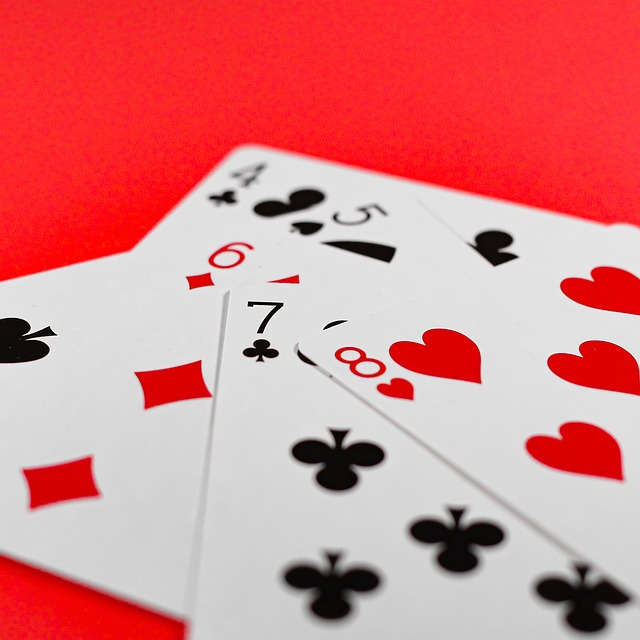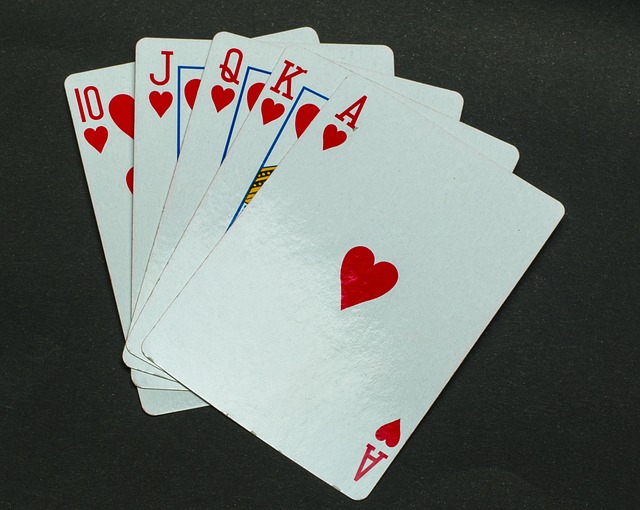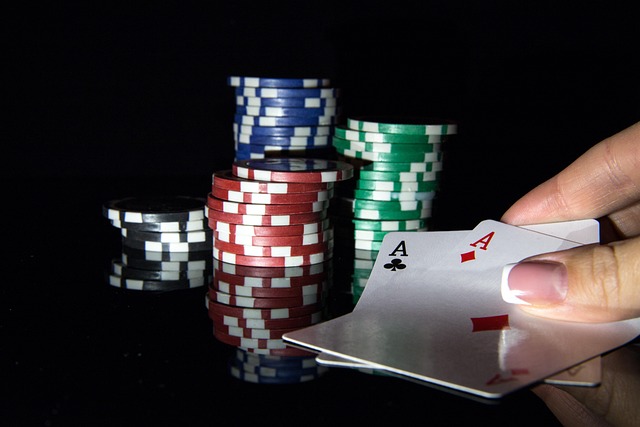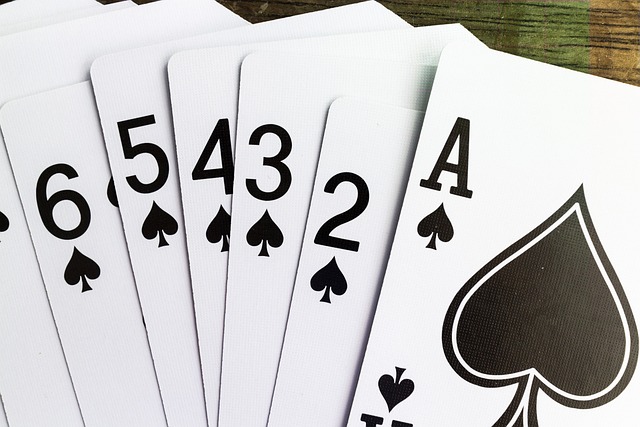Blackjack, with roots in 18th-century France as "Twenty-One," evolved globally, gaining popularity across classes and settings. Standardization and variant introductions shaped its modern form, increasing house edge but maintaining engaging gameplay. Today, Blackjack's strategic depth and universal appeal drive its status as a top casino game both offline and online, with numerous derivatives testifying to its adaptability and enduring global fascination.
Blackjack, a captivating card game that has enthralled players for centuries, boasts an intriguing history. This article delves into the origins and early development of blackjack, tracing its evolution and unprecedented popularity growth across different eras. From its humble beginnings to modern-day variations, we explore the rules, cultural impact, and enduring allure of blackjack, solidifying its status as a timeless classic in the world of gaming. Discover the rich tapestry of this game and its indelible mark on casinos worldwide.
- Origins and Early Development of Blackjack
- Evolution and Popularity Growth
- Modern Blackjack: Rules, Variations, and Cultural Impact
Origins and Early Development of Blackjack
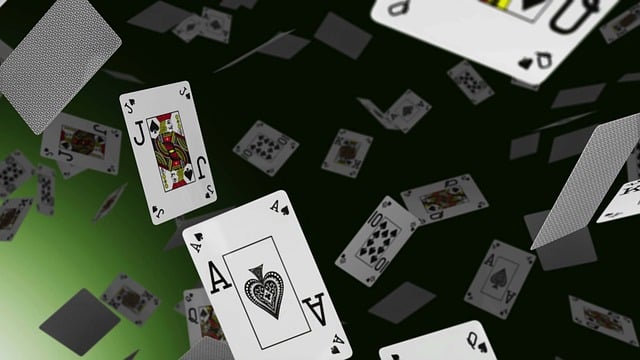
Blackjack, one of the world’s most popular casino games, has a rich and intriguing history that dates back centuries. Its origins can be traced to a game called “Twenty-One,” which was played in France during the 1700s. This early version involved players attempting to get as close to 21 as possible without going over, using a standard deck of cards. The name “Blackjack” is believed to have emerged from a later variation where a player would receive a special reward, or “black jack,” if he were dealt an ace and a face card, totaling 21 points.
The game evolved and spread across Europe, gaining popularity among the upper classes. In the early 1800s, it made its way to America, where it was embraced by both high society and common folk. Over time, Blackjack underwent further changes, with rules being standardized and new variants introduced. The introduction of multiple decks and the removal of certain cards from play helped increase the game’s house edge, shaping the modern Blackjack we know today.
Evolution and Popularity Growth

Blackjack, or Twenty-One as it was formerly known, has evolved significantly over centuries, transforming from a casual game among nobles to a global phenomenon. Its roots can be traced back to 1700s France, where a game called “Vingt-et-Un” was popular among the elite. Over time, the game spread across Europe and eventually made its way to the Americas, gaining immense popularity among diverse demographics. This growth can be attributed to its accessibility; unlike many other games of the era, Blackjack didn’t require complex rules or expensive equipment, making it a favorite in both high-society saloons and bustling back alleys.
The 20th century marked a turning point for Blackjack, as it became increasingly popular in casinos worldwide. The introduction of the six-deck shoe and the removal of the “no hole card” rule further enhanced gameplay, leading to faster action and increased player engagement. With the advent of online gambling, Blackjack has transcended physical locations, attracting millions of players globally. Today, it stands as one of the most popular casino games worldwide, with countless variations and an ever-growing fan base across generations.
Modern Blackjack: Rules, Variations, and Cultural Impact
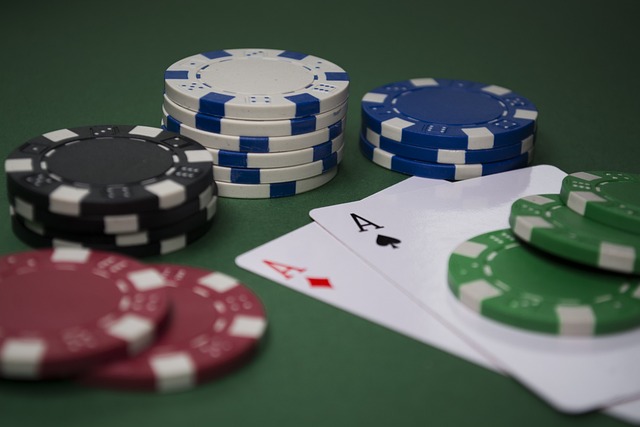
In its modern iteration, blackjack remains a cornerstone of casinos worldwide, evolving from a simple game of cards to a complex tapestry of rules and variations. The core objective—to achieve 21 or beat the dealer’s hand—has endured, but the journey has seen numerous twists and turns. Standard American Blackjack, for instance, features a single deck, while other versions employ multi-decks, altering strategic plays. Some casinos even offer side bets, adding another layer of excitement. The rules have been refined to balance player advantage and house edge, ensuring a fair game.
Blackjack’s cultural impact is profound, with its influence extending beyond the casino floor. It has inspired numerous variations, from Spanish 21 to Caribbean Stud, each with unique twists. This adaptability has contributed to its global appeal, solidifying blackjack as a game that transcends geographical boundaries and age groups. Its strategic depth attracts both casual players and seasoned gamers, fostering a sense of community among those who share a passion for the card game.
Blackjack, with its rich history spanning centuries, has evolved from a simple card game to a global phenomenon. The evolution of blackjack rules and variations over time reflects not only changing societal preferences but also technological advancements in gaming. Today, blackjack remains a staple in casinos worldwide, captivating players with its blend of skill, strategy, and excitement. Its enduring popularity is a testament to the timeless appeal of this classic card game.
